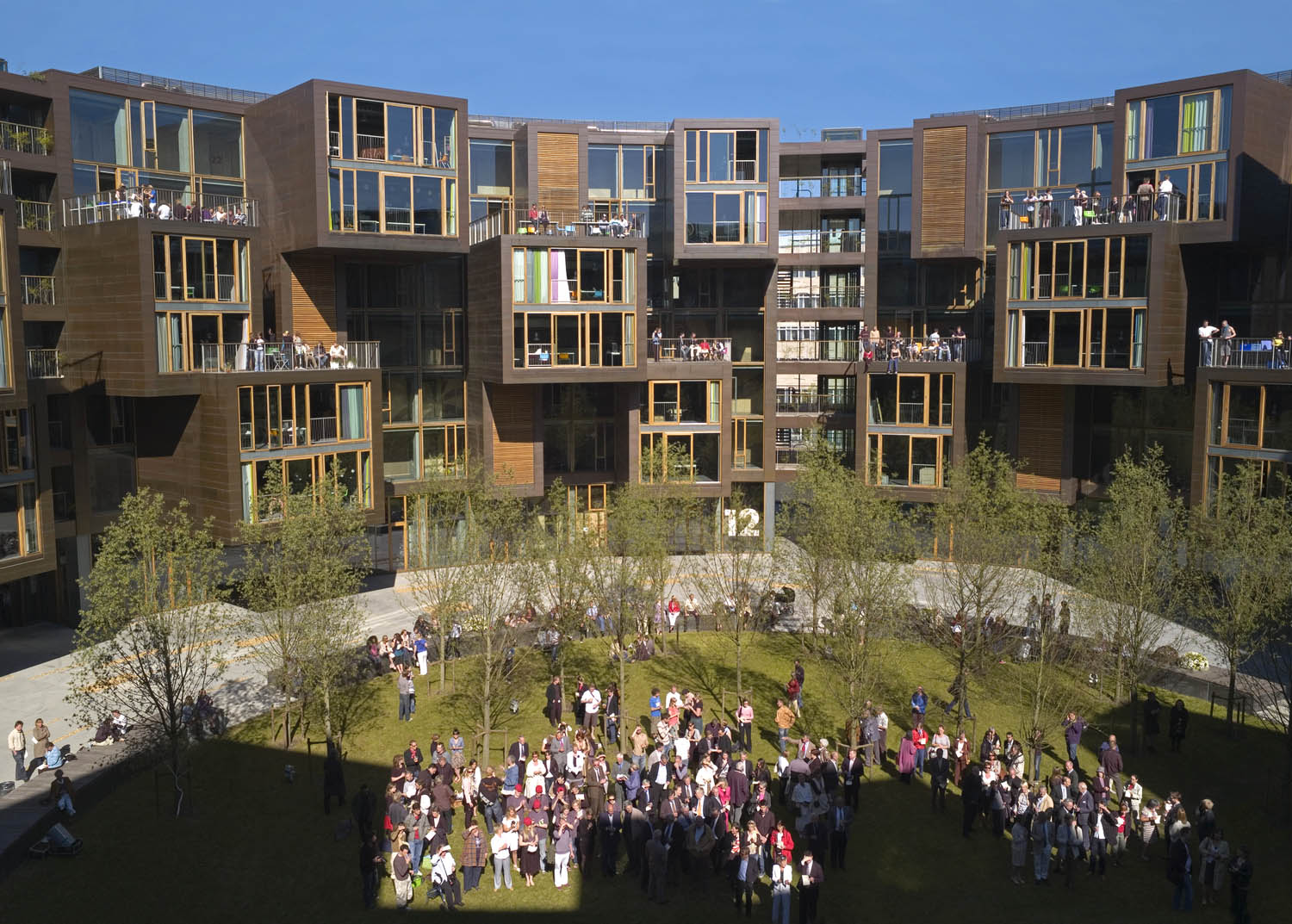Tietgen Dormitory design by Lundgaard & Tranberg Architects #architecture

















Architects: Lundgaard & Tranberg Architects
Location: Rued Langgaards Vej 10, Copenhagen, Denmark
Area: 26,515 sqm
Photographs: Jens M. Lindhe Consultants: NIRAS, Freja, Hasløv & Kjærsgaard
Engineer: COWI
Landscape: Marianne Levinsen, Henrik Jørgensen
Artwork: Aggebo & Henriksen
The Tietgen dormitory project was made possible by a donation from the Nordea Denmark Fund. The intention of the donation was to make possible the realization of ‘the dormitory of the future’ through a clear and visionary architectural idea. Housing approximately 400 students, it is to be a reference project of international format. The site is located near Copenhagen University in Ørestad North, a recently planned neighbourhood characterized by flowing canals and a consistent, rigid building structure. The simple circular form of the Tietgen Dormitory is an urban response to the context, providing a bold architectural statement in the newly planned area. The project’s dynamic, sculptural expression is created by the contrast of the building’s overall form with the honest expression of the individual programmatic elements. The building’s circular form- symbol of equality and the communal is contrasted with individual, projecting volumes expressing the individual residences. The principle inspiration for the project is this meeting of the collective and the individual, a characteristic inherent to the dormitory building type. The cylindrical volume completes itself and orients itself around the inner courtyard. The upper levels are organized with residences along the perimeter with views to the surroundings, while the communal functions are oriented toward the inner courtyard. The communal areas find expression as dramatic, projecting forms pointing inward to the courtyard. The residences are of various depths in a changing tact, giving the outer contour its characteristic crystalline expression. The unique identity of each individual residence thus revealed, and the potential urban monumentality of the cylindrical form is neutralized. At ground level the courtyard is accessed via open passages, which in turn give vertical access to 5 building sections. On each floor, each of the 5 section consists of 12 residences organized around a communal area and kitchen. Facilities common to the entire dormitory are grouped at ground level.
m i l i m e t d e s i g n – W h e r e t h e c o n v e r g e n c e o f u n i q u e c r e a t i v e s
Since 2009. Copyright © 2023 Milimetdesign. All rights reserved. Contact: milimetdesign@milimet.com
































